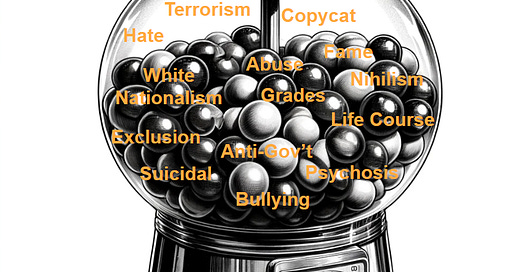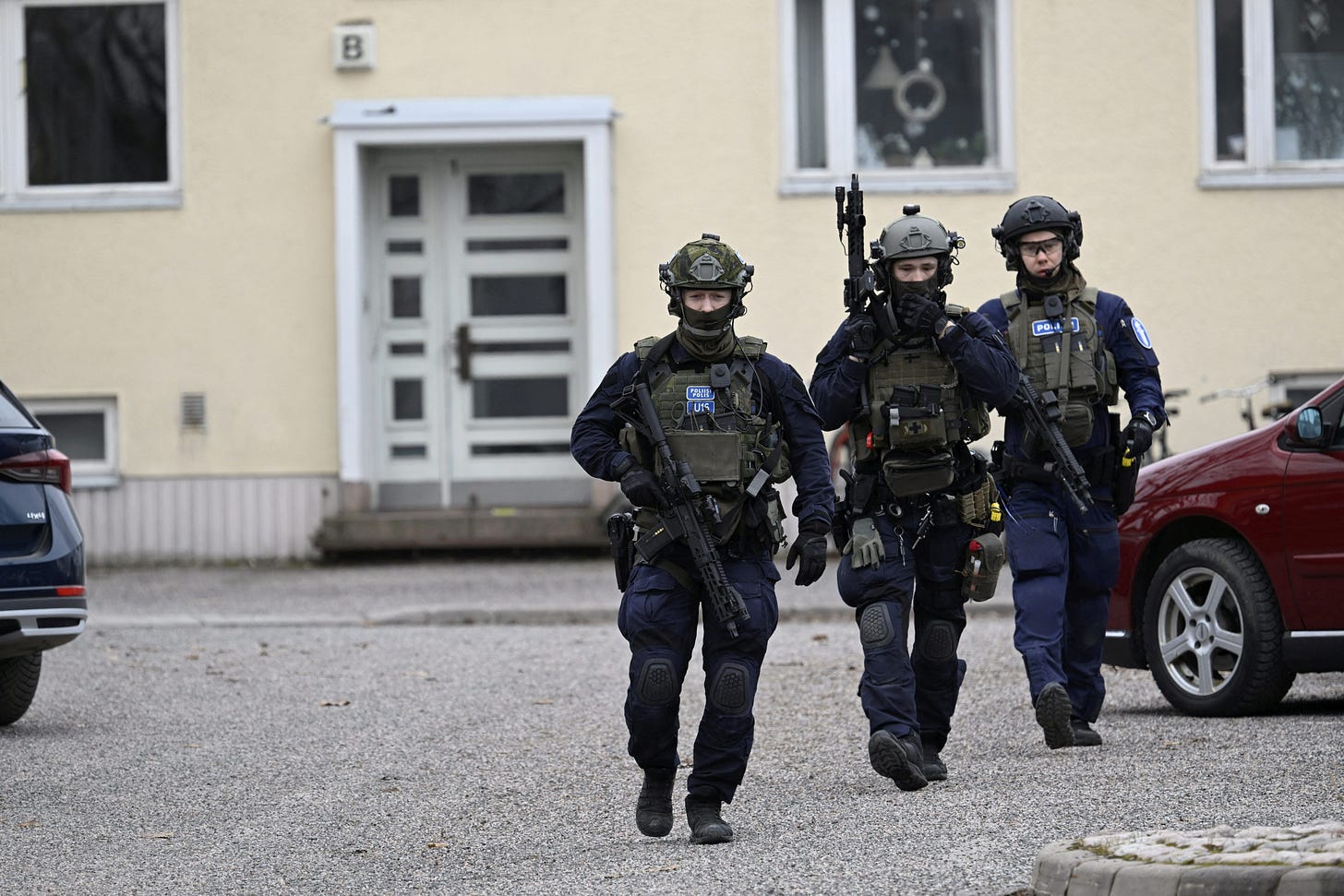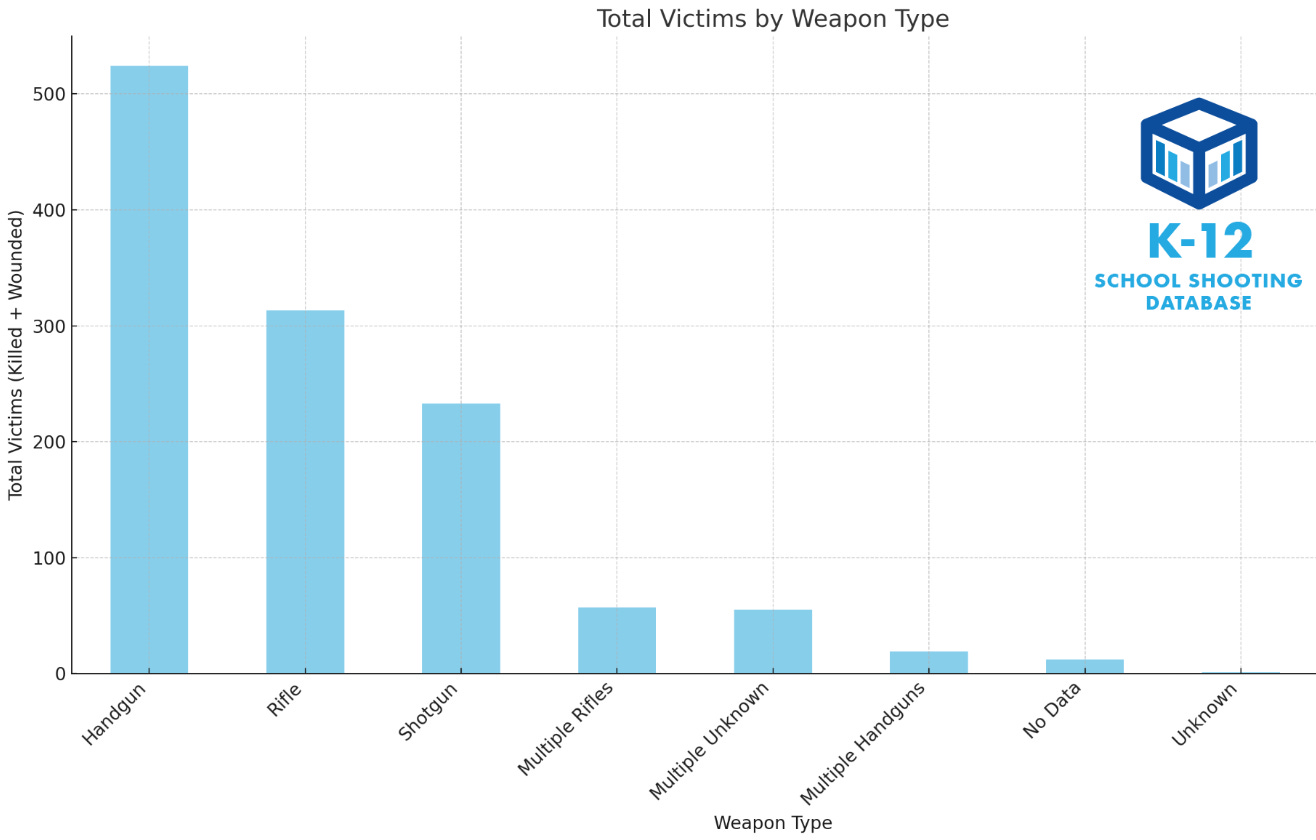Finnish pre-teen has the same profile as US school shooters
Bullying has been identified as the primary motive when a child took a legally owned gun from his home to school.
When a 12-year-old student opened fire inside his classroom in Finland on April 2, this school shooting follows the same pattern as many attacks in the United States. One 12-year-old student was killed, and two others are in critical condition.
Assailant was a current student with a direct connection to school.
Student was able to sneak a handgun inside the building.
Surprise attack started inside a classroom during morning classes.
Shooter immediately fled and a huge, militarized police response arrived at the campus after the perpetrator left the scene.
Shooter used a handgun (most common weapon in planned school shootings in the US since 1966) that was legally purchased by a relative.
Gun was not secured in a manner that prevented a 12-year-old from accessing it.
Bullying is cited by police as the primary motive.
Challenging prosecution because the minimum age of criminal liability in Finland is 15 years, which means the suspect cannot be formally arrested. In 2021, a 12-year-old girl wounded 3 and planned to kill 20-30 students in Rigby, ID before being subdued by an unarmed teacher. She could not be charged as an adult under Idaho law.
Two reporters from newspapers in Helsinki contacted me to better understand how this attack in Finland aligned with data from thousands of school shootings in the United States.
My first interview focused on the age and characteristics of school shooters:
Despite the different laws, both countries face the same challenges in determining sanctions when the school shooter is very young. The age of criminal responsibility in Finland is 15 years, which means that under the criminal law, a person under the age of 15 is not criminally responsible for their act.
Since 1966, planned attacks at schools occurred in the United States almost every year, and they often resemble the Vantaa case in terms of their circumstances. According to Riedman, 12 years old is not exceptionally young to be a school shooter, "unfortunately". In the United States, the majority of shooters are between the ages of 12 and 19.
For a 12-year-old, the attack is directed at school, because it is often the place to which they have the strongest bond. In adulthood, shootings occur in workplaces, but the locations vary much more than in teenage shooters.
To prevent school shootings, Riedman has a straightforward answer: Every shooting where a child or teenager has been too young to buy a gun themselves means that there has been a gun somewhere that has been made available to them. Almost every school shooting like this could be prevented if guns were stored in such a way that it was impossible for children and teenagers to access them.
My second interview focused on bullying and the factors that motivate a school shooter:
He says that an incident similar to the Vantaa school shooting also happened in the United States last January, where a student in the town of Perry, Iowa, returned from winter vacation to the first day of school with a handgun and a shotgun.
But there are also cases where there is no evidence of bullying. Cases where the perpetrator is an academically successful, highly liked student with a good future ahead of him. Bullying is a factor, but it is not the only factor.
According to Riedman, there are many reasons leading to these tragic events. Riedman uses the analogy of a chewing gum machine for the reasons that lead to school shootings. Sometimes only one gum ball falls out of the device and in some cases they all fall out.
According to Riedman, there are approximately 60 million students in the United States alone. Many of them have factors involved in their lives that have led others to commit school shootings. However, only a fraction of these students end up killing other people.
We can put these pieces of the puzzle together after the incidents, but none of them really works as a predictive measure, because only a small percentage of students with these factors end up committing violence, says Riedman.
Riedman says that the way the school community operates helps when students raises concerns and adults in the school community listen and take action in a non-exclusive way. If someone is in crisis and on the way to violence, being excluded from the school community does not prevent them from coming back with a gun.
Handguns often overlooked
Based on my analysis of 230 planned, deliberate attacks at schools since 1966, handguns are the most common weapon used and result in the highest number of victims over time.
Handguns present a significant challenge for school security because they are easily concealable and not reliably detected by many screening devices and procedures. For example, a physical search of each student’s backpack that inspects every pocket, smaller bags inside a backpack, pockets of clothing items inside the bag, and inside books and computer cases (a student snuck a handgun into a high school with metal detectors by putting it inside a Chromebook case) takes 2-3 minutes by a trained staff member. That’s 66 hours of searching for a school with 2,000 students.
If a 2,000-student school wants to search every backpack for a handgun in less than 20 minutes to avoid long delays during student arrival, that school needs about two hundred trained security screeners with the space to open up and spread out the contents of each bag.
While AR-15 style rifles get most of the attention for gun policy reform—which is necessary when dozens of kids were killed with these rifles in Sandy Hook, Parkland, and Uvalde—policymakers should not overlook handguns.
Keeping schools safe requires limiting access to both handguns and rifles to make sure that children and teens can’t take these items from a residence to a school. Even better is spotting the warning signs and preventing a crisis from escalating to a school shooting.
Based on reports that the 12-year-old student in Finland was bullied, it is very likely that he exhibited visible signs of a crisis and meaningful action could prevent this attack before a student brings a gun to campus.
David Riedman is the creator of the K-12 School Shooting Database and a national expert on school shootings. Listen to my recent interviews on Freakonomics Radio, New England Journal of Medicine, and Iowa Public Radio the day after the Perry High shooting.







